Exploring the 6/3 Role Model Martyr – Mentor Expert Profile in Human Design
The 6/3 profile in human design, the role model martyr, or as I like to say in ecocentric human design, the mentor expert.
A Human Design 6/3 Role Model Martyr Profile Affirmation
You are here to taste all that life has to offer. You see possibilities where others see an end. You push us forward by leading authentically and objectively. Your awareness and experiments give you a unique perspective on the world. Each encounter with another has the potential to create transformation in your world. You push humanity forward with the unique way you see the world. You are here before your time, a catalyst for change in the world. Your wisdom, gained through lessons learned, creates a lasting impact on those you’ve never even met. You shine the light on a new path and pave the way forward.
Explaining the 6/3 Role Model Martyr Profile in Human Design
Let’s dive into the 6/3 profile in human design. When we think about this energy, we’ve got the third line, whose themes are rejection and allegiance, bonds made, and bonds broken. With the sixth line, we’ve got themes of not trusting, trusting, not leading, and leading. When we have a 6/3, they are preparing us to start anew in the 1/3.
The 6/3 profile in human design is the last of the 12 profiles, but it actually preps for us to start the cycle again in the 1/3. It’s prepping the stage constantly asking, is this worth it? Is this not worth it? There are still more things here. How can we test this?
We have to understand that the 6/3 role model martyr profile in human design is here to move humanity forward. The 6/3 role model martyr profile in human design are here to own their own uniqueness and be true to themselves above all else. They find this understanding and objectivity through the lens of their interactions.
Every encounter they have with another person renders that person a transformation. These are people who live a life of engagement, withdrawal, engagement and withdrawal over and over again. Of course when we come to the 6th line in human design it exists in three phases
6th Line In Human Design Phase one, birth to 30 years, is a double third line. There’s a lot of bumping into things and life bumping into them. They’re jumping into things, they’re jumping out of things. They engage and they disengage and they make bonds and they break them.
6th Line In Human Design Phase 2 is from age 30 to 50. These 6/3s tend to run to the roof really quick and completely disengage from life for a period of time. They just observe. It’s often also during this time where they get really bored and that boredom jumps them off the roof and they go experiment some more. Then they’re ask, “why did I even come down here with the people?” Then they go back up.
Because that third line is on the body side or the subconscious side or the design side, they often have life unknowingly happen to them. They unknowingly enter into experiments because they’re not necessarily conscious of it. A 3/5 knowingly enters into experiments or a 3/6 knowingly enters into experience.
The 6/3 isn’t as aware that they’re entering into an experiment. Experiments happen to them. Experiments help them gain wisdom so that they can fully engage in life.
6th Line In Human Design Phase 3 It’s usually in phase three, 50 years and beyond, where they spread their wings and they integrate all of the lessons from the first 50 years of their life. This is the time when they will step into the role of a leader or not, depending upon if they’re in the high expression or the low expression. It’s during this time where they lead by leading with the people.
They lock arms with the people, they get down with the people, and they embody leadership on the ground versus the 6/2 who lead from a place of counsel and behind the scenes. The 6/3 role model martyr profile in human design is getting their hands dirty in leadership. Ultimately, this is how the 6/3 finds fulfillment in life.
The 6/3 role model martyr profile in human design wants every interaction that they have to be authentic and bring a new level of awareness. I always think of these people as wise old souls because they’ve gained so much knowledge through practical hands-on experience. They also have this weird awareness of other people through the observations from being on the roof.
From the outside looking in this profile can almost look like they’re chaotic because they’re going to engage in something and then withdraw and engage then withdraw. The reality is that’s how they’re intended to move about the world. The 6/3 role model martyr profile in human design have to mind the balance of the extremes that they feel pulled to experience.
Extremes are part of their process and they move humanity forward through their extremes, through their questioning, through their experiments, and by sampling all that life has to offer. But extremes and chaos are ever present in the 6/3 role model martyr profile in human design. This can bring lots of challenges in their relationships. They want the truth all the time. They want connections all the time. And yet they’re questioning, they’re oscillating back and forth, they’re in, and then they’re out.
They’re weary to connect, and then they’re not. They question and they push and they really wonder what else is possible on this plane while doing it on their own terms and with their own authentic flare. They’re under constant tension to engage in this life and to evolve and to transition. They’re often judged by other people as chaotic.
They’re judged for their changes that they make. They’re judged for their failures that they have with their experiments. These are people who also get bored being on the roof because instead of just observing everybody they want to go down in an experiment. It’s almost like their body takes over and enters them into experiments. This cycle is going to repeat, repeat, and repeat until they can find something that they’re passionate about that worthy of them to stick with.
 The Challenges of the 6/3 Role Model Martyr Profile in Human Design
The Challenges of the 6/3 Role Model Martyr Profile in Human Design
The challenges here are many for the 6/3 role model martyr profile in human design is a profile that’s here to impact the collective and they are here to push us forward by being on the roof and observing and by getting off the roof and experimenting and experiencing. While the 6/3 life may have a lot of ups and downs, they are a treasure of a human and they’re keenly aware that they’re ahead of their time and they just can’t seem to fit in.
The 6/3 role model martyr profile in human design see things that other people can’t see yet or have not necessarily come into the peripheral of others. The challenges here are, phase one, double third line, which is incredibly chaotic. The wounds here are often very traumatic. For the folks that experienced this, they bump into life, they bump into them. The experiments and the “failures” that they have are really what helps them embody wisdom as they move throughout life.
This is a time when they might struggle to trust. They feel like this can’t be all that life has to offer. As a result, this can leave them disengaged, distrustful, and frustrated. The other thing is the 6/3 role model martyr profile in human design gets bored quickly and they have to learn to channel that boredom into something that’s worthy. The third line on the body side pulls them into life and can leave them wondering, how did this happen?
The 6/3 role model martyr profile in human design can have a chaotic process. They can look frantic or chaotic from the outside, and that can potentially be traumatizing swinging from engaged to unengaged, bored to stimulated observing, to experimented. The reality is they have to learn that their experiments always bring about something better and there’s a lesson there to be learned.
The 6/3 is under tremendous judgment because they may not look like they have it altogether or that they’re a mess or that they’re a failure. That often leads to more extreme behavior. For those of us who have a 6/3 in our lives, we need to actually meet them with compassion and give them a safe place to experiment. A safe place to help them sit in a holding pattern if that’s what they’re called to do. We also need to be able to conversely hold space for them when it’s time for them to engage in life and move from experiment to experiment without judgment.
The 6/3 Role Model Martyr Profile in Human Design in the Real World
The 6/3 role model martyr profile in human design wants connection and they lead by being in the thick of it. They have wisdom and objectivity from their observations and their experiments that is really different than the other profiles. These are people who are here to test the limits of what is available to us on the material plane. They’re really always asking and begging the question asking what’s next?
There are people who are perennially dissatisfied. They continually ask, is this it? Is that all? There has to be more to life than this? This results in a constant need to sample and experience more and taste more. The wonder and the curiosity of the 6/3 role model martyr profile in human design is insatiable and leads to a need for perfectionism as a result. There’s this constant need in that sixth line to tweak and hone and perfect.
That third line wants to gain more knowledge, gain more experiments. There’s a constant tension in these lines that people have to learn to reckon with and contend with as part of their experience. One thing here is to learn to trust and rely on your strategy.
That is so important for 6/3s role model martyr profile in human design. They must learn to soften the edges of their extremes, particularly with other people, so that they can hone their objectivity. Yet for them, that fulfillment does come at the edge of those extremes. They need to learn to honor the ebbs and flows of their life and understand that they are people who see possibility with their awareness in the world.
As a result, they may get rejected and labeled, but they are here before their time with a keen sense of awareness of what’s possible. The 6/3 role model martyr profile in human design might be met with resistance because something that they’re doing is new or out there and they see possibility in something new when things come to an end. The 6/3 role model martyr profile in human design shows us, by living through example, that authenticity is the key to living a fulfilled life, and that there is more that’s here on this plane.
Questions that you can ask the 6/3 Role Model Martyr Profile in Human Design
- What did you learn?
- What possibilities are available?
- Is this relationship where I need to reestablish a bond or break it?
- What is my relationship with my experiments?
- Do I see them through the lens of failure or through lessons learned?
- Am I entering into this with my strategy and authority? Or am I relying on my logic?
- Where might others be passing judgment on me that is causing me to shrink my power?
- What is my relationship with failure?
- Is it part of who I am or is it just how I experience the world?
- What have I learned from bumping into life?
- What is authenticity to me?
- What makes me unique?
- Have I found someone who accepts my process of experimenting?
If you want to dive deeper into human design for business check out these other articles:
- The Do’s And Don’t of Marketing By Type Featured Article on Entrepreneur.com
- My Journey With Human Design
- The 1/3 Profile In Human Design
- Introduction to Profiles in Human Design
- Human Design Projector
- Human Design Manifesting Generator
- Human Design Generator
- Human Design Manifestor
- Human Design Reflector
- Authority in Human Design
- Human Design For Business
- The Voices of the Throat Center – Marketing for Human Design
- HD Your Biz Podcast





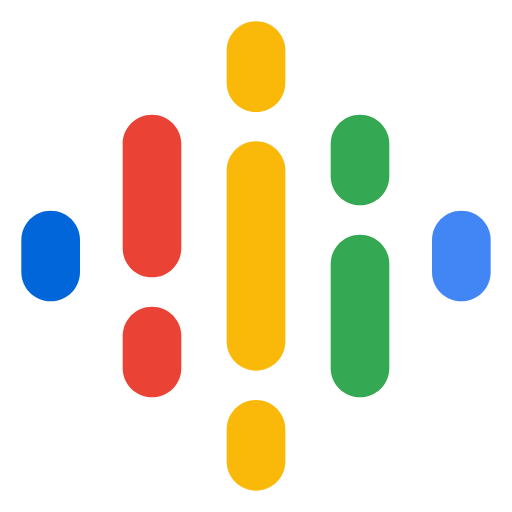



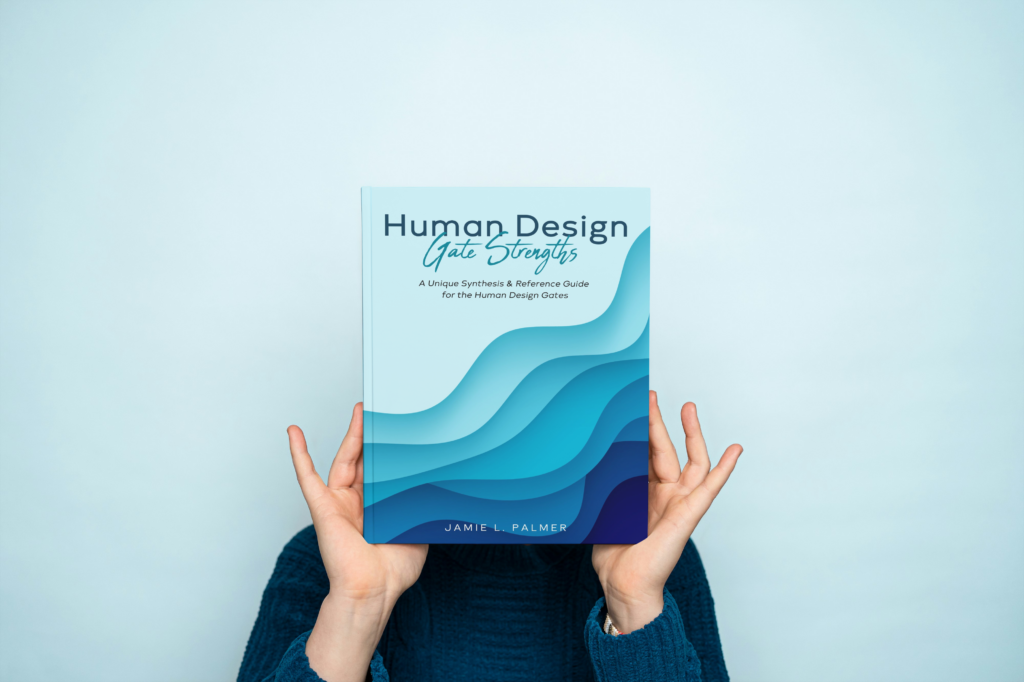

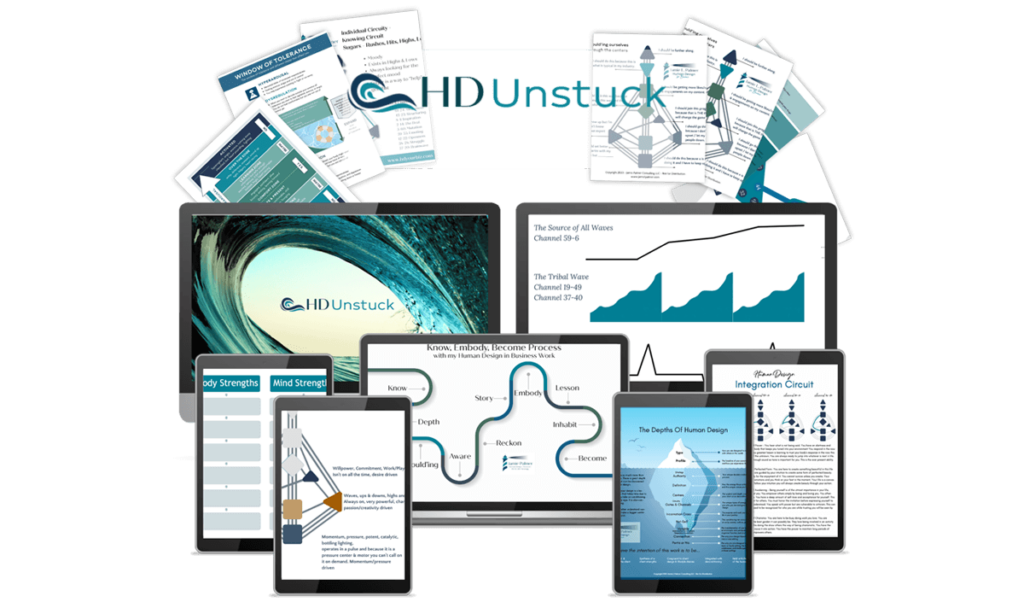

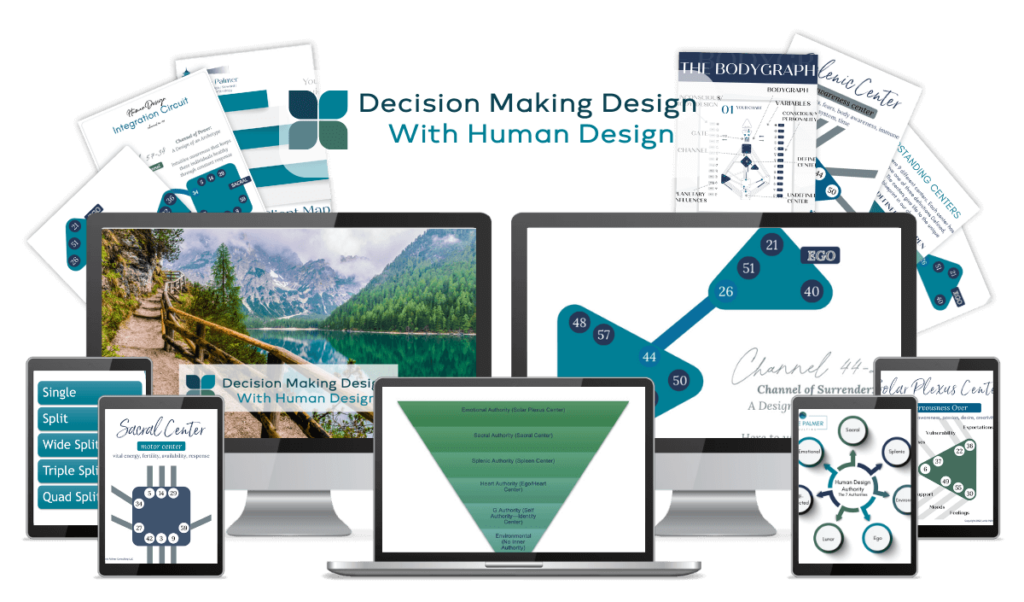
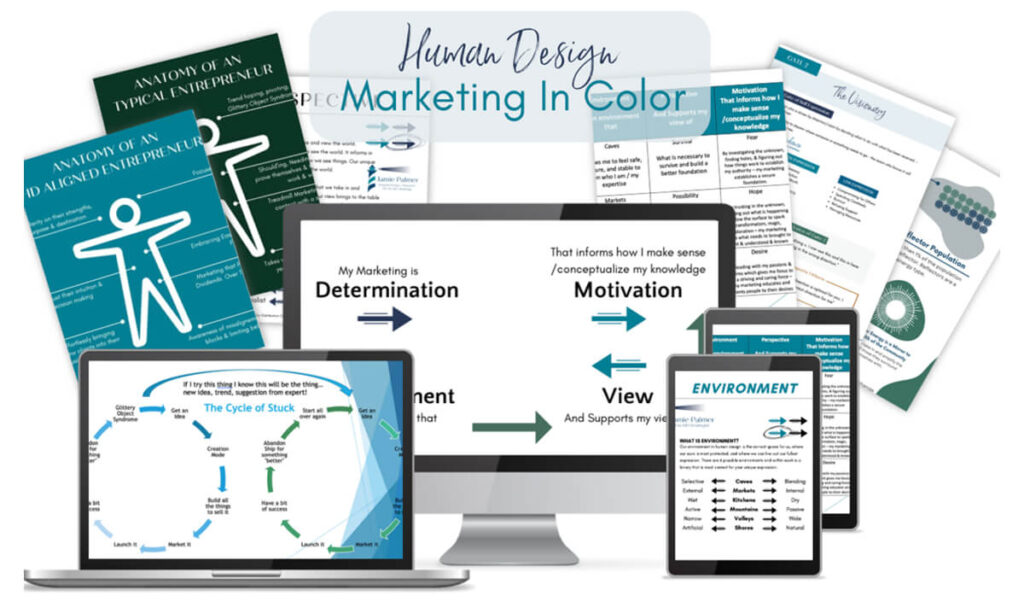
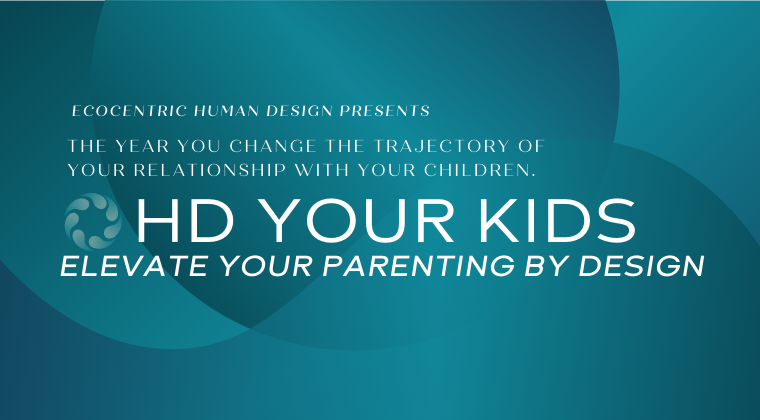
Recent Comments